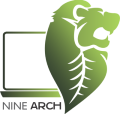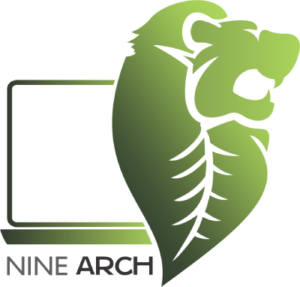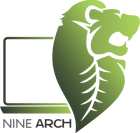Nearly 60 percent of companies now blend both outsourced and in-house IT, showing how critical this decision is for modern businesses. The right balance shapes everything from your team’s speed to how well you protect company data and adapt to new challenges. Understanding the real differences between building your own IT team and partnering with outside experts helps you make smarter choices that drive results and keep operations running smoothly.
Defining Outsourced IT and In-House Solutions
In the dynamic world of business technology, organizations face a critical decision: managing IT operations in-house or outsourcing these critical functions. At its core, this choice represents fundamentally different approaches to technological management and operational strategy.
An in-house IT solution refers to maintaining a dedicated internal technology team that handles all technological infrastructure, support, and development using the company’s own employees and assets. This traditional model means your organization directly controls every aspect of technological operations, from hardware maintenance to software development. Companies choosing this path invest heavily in recruiting skilled professionals, purchasing equipment, and building comprehensive internal capabilities.
Conversely, IT outsourcing involves partnering with external service providers who manage specific technological functions or entire technology departments. As defined by research, outsourcing is a “business practice in which companies use external providers to carry out business processes that would otherwise be handled internally” Understanding What is Outsourced IT for Businesses.
Key differences between these approaches include:
- Cost Structure: In-house solutions require significant upfront and ongoing investments, while outsourcing often provides more predictable, scalable expenses
- Talent Access: Internal teams are limited by local hiring markets, whereas outsourcing opens global talent pools
- Technological Flexibility: External providers typically offer faster technological adaptation and broader expertise
- Control and Customization: In-house teams provide maximum direct control, outsourcing offers specialized but potentially less customized solutions
Ultimately, the choice between in-house and outsourced IT depends on your organization’s specific needs, budget, growth trajectory, and strategic priorities. Neither approach is universally superior – the optimal solution varies based on unique business contexts and objectives.
Types of IT Services: Outsourced vs In-House
In the rapidly evolving technological landscape, businesses have numerous options for managing their IT services. Organizations can strategically choose between maintaining comprehensive in-house capabilities or leveraging external expertise through targeted IT outsourcing. Understanding the specific types of services available is crucial for making informed technological investment decisions.
Traditionally, in-house IT services encompass a wide range of technological functions performed entirely by internal teams. These typically include:
- Infrastructure Management: Maintaining servers, network systems, and physical technological resources
- Software Development: Creating custom applications and platforms specific to organizational needs
- Technical Support: Providing direct helpdesk and user assistance within the company
- Cybersecurity: Implementing and monitoring internal security protocols and threat prevention
- Data Analytics: Analyzing organizational data using proprietary tools and methodologies
Conversely, outsourced IT services offer specialized solutions across similar domains but with distinct operational advantages. As research indicates, organizations can now outsource critical technological functions like infrastructure management, cloud services, cybersecurity, helpdesk support, and data analytics Complete Guide to IT Support Outsourcing.
The global trend toward outsourcing reflects its increasing sophistication and strategic value. External providers now offer not just cost-effective solutions but also access to cutting-edge technologies, specialized expertise, and scalable resources that many internal teams struggle to maintain. This shift represents more than a simple operational choice – it’s a strategic approach to technological management in an increasingly complex digital ecosystem.
Key considerations when evaluating IT service models include:
- Technological complexity of required services
- Budget constraints and financial flexibility
- Speed of technological adaptation needed
- Specific industry regulatory requirements
- Internal team’s existing technological capabilities
Ultimately, the most effective IT service strategy depends on aligning technological resources with broader business objectives, recognizing that no single approach works universally across all organizational contexts.
Operational Models and Workflow Differences
When organizations transition between in-house and outsourced IT models, they encounter profound shifts in operational dynamics, communication protocols, and workflow management. Workflow transformation becomes a critical consideration, fundamentally altering how technological tasks are conceptualized, executed, and monitored.
In an in-house IT model, workflow characteristics typically include:
- Direct, hierarchical communication channels
- Immediate physical collaboration and problem-solving
- Standardized internal processes and documentation
- Complete control over project timelines and resource allocation
- Predictable team dynamics and cultural alignment
Conversely, outsourced IT workflows introduce a more complex operational landscape. Research highlights that collaboration between client and vendor significantly impacts service quality and information exchange 7 Key Reasons to Outsource IT for Business Growth. These models often feature:
- Structured, contract-defined interaction protocols
- Geographically distributed teams and asynchronous communication
- Specialized task allocation based on vendor expertise
- Increased emphasis on detailed project documentation
- Performance metrics and service level agreements (SLAs)
The transition between these models requires sophisticated change management strategies. Successful implementation depends on clear communication, well-defined expectations, and robust technological integration frameworks. Organizations must develop flexible operational models that can seamlessly adapt to different workflow approaches, recognizing that each approach carries unique advantages and potential challenges.
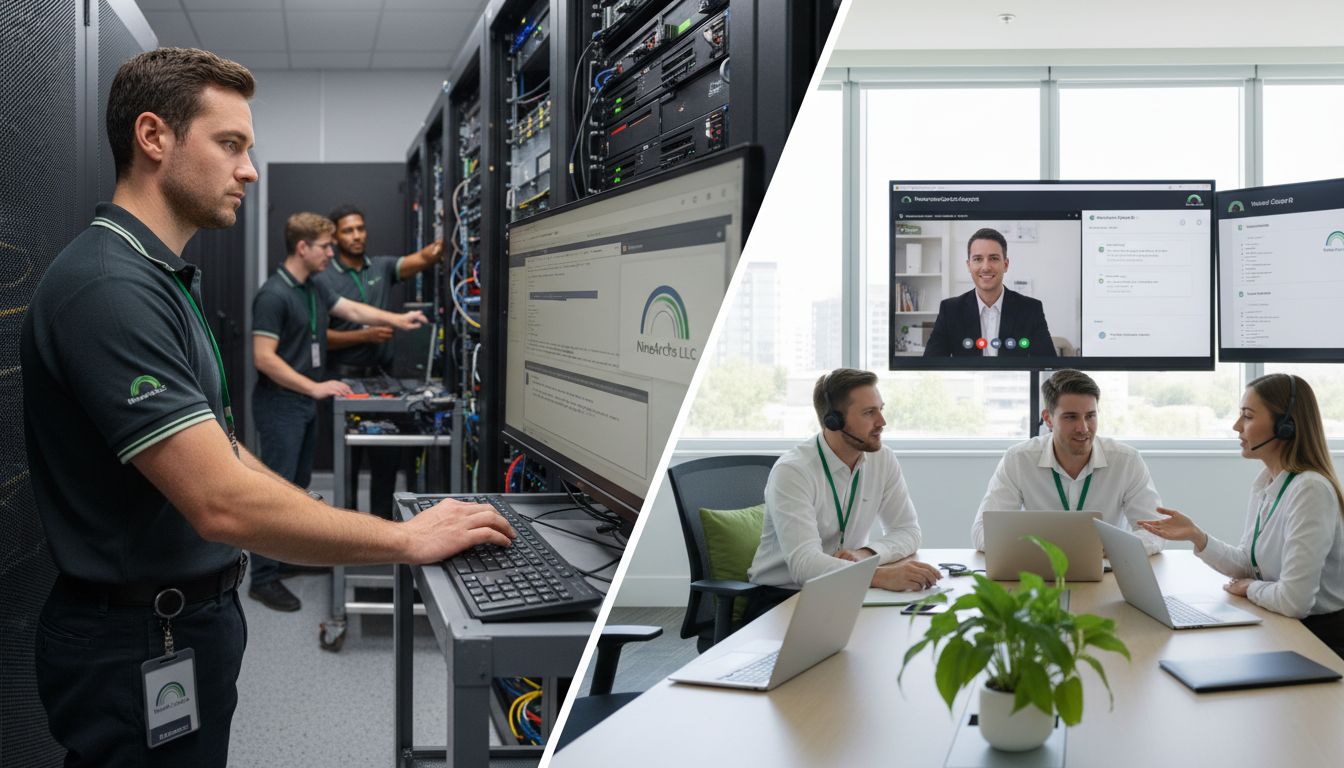
Key workflow transformation considerations include:
- Establishing clear communication protocols
- Defining precise performance expectations
- Creating comprehensive knowledge transfer mechanisms
- Implementing robust project management tools
- Maintaining cultural and operational alignment
Ultimately, the most effective operational model transcends traditional boundaries, leveraging the strengths of both internal capabilities and external expertise to create a dynamic, responsive technological ecosystem.
Key Benefits and Risks of Each Approach
Choosing between in-house and outsourced IT solutions demands a nuanced understanding of the strategic advantages and potential vulnerabilities inherent in each approach. Technological decision-making has evolved from a simple cost-calculation exercise to a complex strategic alignment process that directly impacts organizational competitiveness and operational resilience.
In-House IT: Benefits and Risks
In-house IT teams offer profound advantages that extend beyond traditional operational control:
Benefits:
- Immediate communication and problem resolution
- Deep understanding of internal organizational culture
- Complete data security and confidentiality
- Direct control over technological infrastructure
- Faster internal knowledge retention
Risks:
- Higher fixed operational costs
- Limited access to diverse technological expertise
- Challenges in scaling technological capabilities
- Significant recruitment and training investments
- Potential skill stagnation
Outsourced IT: Benefits and Risks
Conversely, outsourced IT solutions present a dynamic alternative with unique strategic opportunities. As organizations seek innovative approaches to technological management, external partnerships offer compelling advantages Key Benefits of Business Process Outsourcing Explained.
Benefits:
- Access to specialized global talent
- Reduced infrastructure and training expenses
- Rapid technological scalability
- Flexible resource allocation
- Continuous skill upgradation
Risks:
- Potential communication barriers
- Data security concerns
- Less direct operational control
- Dependency on external service providers
- Potential cultural misalignment
The most sophisticated organizations recognize that hybrid models often provide the most balanced approach.
By strategically combining internal capabilities with external expertise, businesses can create resilient, adaptive technological ecosystems that leverage the strengths of both approaches.
Ultimately, the ideal solution transcends binary choices. Successful technological strategy requires continuous evaluation, flexible frameworks, and a willingness to dynamically recalibrate resources based on evolving organizational needs and technological landscapes.
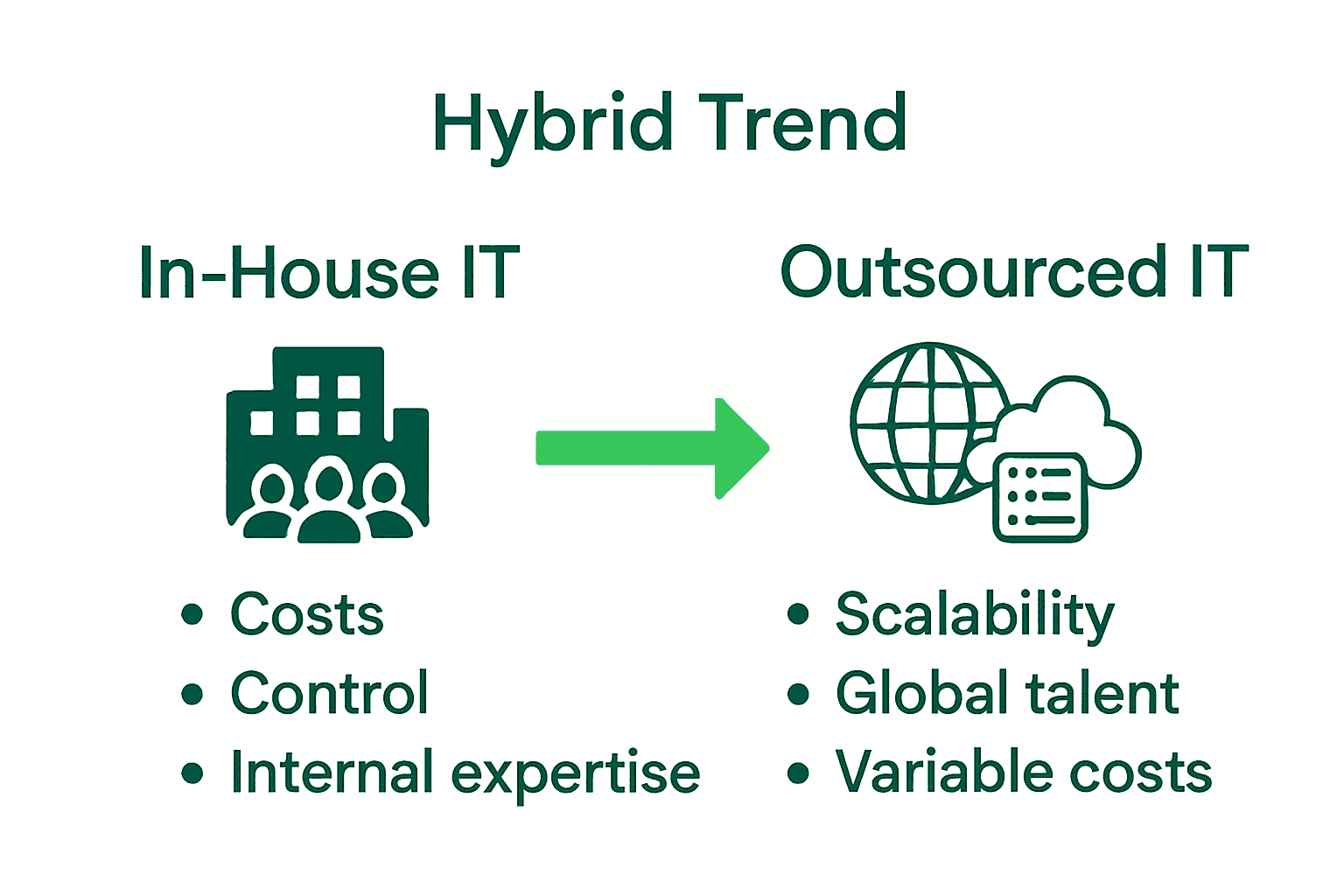
Cost Analysis and ROI Comparison
Navigating the financial landscape of IT service models requires a sophisticated understanding of total cost of ownership and long-term return on investment. Organizations must look beyond surface-level expenses to comprehend the nuanced economic implications of their technological strategy.
In-House IT Cost Breakdown
In-house IT investments typically involve substantial upfront and recurring expenses:
- Initial Infrastructure Costs
- Hardware procurement
- Network infrastructure setup
- Data center equipment
- Initial software licensing
- Ongoing Operational Expenses
- Full-time employee salaries
- Continuous training and skill development
- Regular hardware and software upgrades
- Maintenance and support personnel
Outsourced IT Financial Dynamics
Outsourced IT presents a fundamentally different economic model, characterized by more flexible and scalable financial structures Cost Analysis in IT Outsourcing. The financial advantages include:
- Variable Cost Structure
- Pay-per-service models
- Reduced fixed overhead
- Elimination of recruitment costs
- Shared resource utilization
- Scalability Benefits
- Instant access to specialized talent
- Rapid technological adaptation
- Reduced long-term capital investments
- Predictable monthly expenditures
Comparative ROI Analysis
A comprehensive ROI comparison reveals that the most effective approach depends on multiple contextual factors:
In-House ROI Indicators:
- Higher control over technological assets
- Potential for long-term intellectual property development
- Direct alignment with organizational culture
- Customized solution development
Outsourced ROI Indicators:
- Faster time-to-market for technological initiatives
- Access to cutting-edge expertise
- Reduced operational complexity
- Enhanced flexibility and risk mitigation
Ultimately, the most intelligent financial strategy transcends simple cost comparison. Organizations must evaluate technological investments through a holistic lens, considering strategic alignment, operational efficiency, and potential for future growth. The most successful companies recognize that value creation matters more than absolute cost reduction.
Selecting the Ideal IT Strategy for Your Business
Choosing the right IT strategy is less about finding a universal solution and more about crafting a tailored technological roadmap that aligns precisely with your organization’s unique operational DNA. This decision requires a holistic assessment of multiple interconnected factors that extend far beyond simple cost calculations.
Strategic Assessment Framework
Effective IT strategy selection demands a comprehensive evaluation across several critical dimensions:
Organizational Complexity Indicators:
- Current technological infrastructure maturity
- Scalability requirements
- Projected growth trajectory
- Technological innovation appetite
- Budgetary constraints
Decision Matrix Considerations:
- Depth of technological specialization needed
- Internal skill ecosystem
- Compliance and regulatory environment
- Speed of technological adaptation required
- Risk tolerance levels
Hybrid Approach Exploration
Increasingly, sophisticated organizations are recognizing that binary choices are obsolete. The most intelligent strategy often involves a nuanced, hybrid model that combines internal capabilities with strategic external partnerships Understanding IT Outsourcing Trends in 2025.
Hybrid Model Characteristics:
- Core technological functions remain in-house
- Specialized or complex tasks outsourced
- Flexible resource allocation
- Continuous skill enhancement
- Risk mitigation through diversified approach
Implementation Recommendations
Transitioning to an optimal IT strategy requires a structured, phased approach:
- Comprehensive Current State Analysis
- Audit existing technological capabilities
- Identify skill gaps and performance bottlenecks
- Map technological requirements against business objectives
- Strategic Capability Planning
- Determine which functions are mission-critical
- Evaluate internal vs external expertise
- Design flexible, adaptive technological framework
- Continuous Evaluation Mechanism
- Implement robust performance tracking
- Regular strategy recalibration
- Maintain technological agility
Ultimately, the most successful IT strategy is not about choosing between in-house and outsourced models, but about creating a dynamic, responsive technological ecosystem that can evolve alongside your business. Embrace flexibility, prioritize strategic alignment, and remain open to continuous adaptation.
Unlock the Right IT Strategy to Accelerate Your Business Growth
Choosing between in-house and outsourced IT solutions can feel overwhelming. You may be grappling with high operational costs, talent shortages, or the challenge of keeping up with fast-paced technology changes. This article highlights these pain points while introducing key concepts like hybrid IT models and scalable outsourcing—approaches that deliver both flexibility and control.
At NineArchs LLC, we understand these challenges deeply. Our comprehensive outsourcing services provide access to specialized global talent and scalable remote workforce solutions tailored to your exact needs. Whether you want to enhance software development, streamline business processes like customer service or finance, or accelerate your digital transformation, we help you achieve your goals with cost-efficient, reliable support.
Ready to transform the way your IT drives growth and innovation? Discover how our expertise in virtual assistance, custom software development, and skills outsourcing can empower your business today.

Explore tailored outsourcing solutions that fit your unique strategy. Contact NineArchs now to create your dynamic, flexible IT ecosystem and stay ahead in 2025 and beyond. Start building your future here at NineArchs Contact. Learn more about our business process outsourcing services and how expert strategic consulting can make the difference.
Frequently Asked Questions
What are the main differences between outsourced IT and in-house IT solutions?
Outsourced IT involves partnering with external providers for specific technological functions, while in-house IT relies on internal teams managing all technological aspects directly. Key differences include cost structures, access to talent, technological flexibility, and control over operations.
What are the benefits of having in-house IT teams?
In-house IT teams offer immediate communication, a deep understanding of organizational culture, complete data security, direct control over infrastructure, and faster internal knowledge retention. However, they come with risks such as higher costs and limited access to diverse expertise.
How can I evaluate if outsourcing IT is right for my business?
Evaluate your organization’s specific needs, budget, technological complexity, current infrastructure, and projected growth. Consider whether you require specialized expertise that your internal team lacks and if you are open to adapting to external partnerships.
What are the key risks associated with outsourced IT services?
The key risks of outsourced IT services include potential communication barriers, data security concerns, less direct operational control, dependency on external providers, and the possibility of cultural misalignment with your organization.
